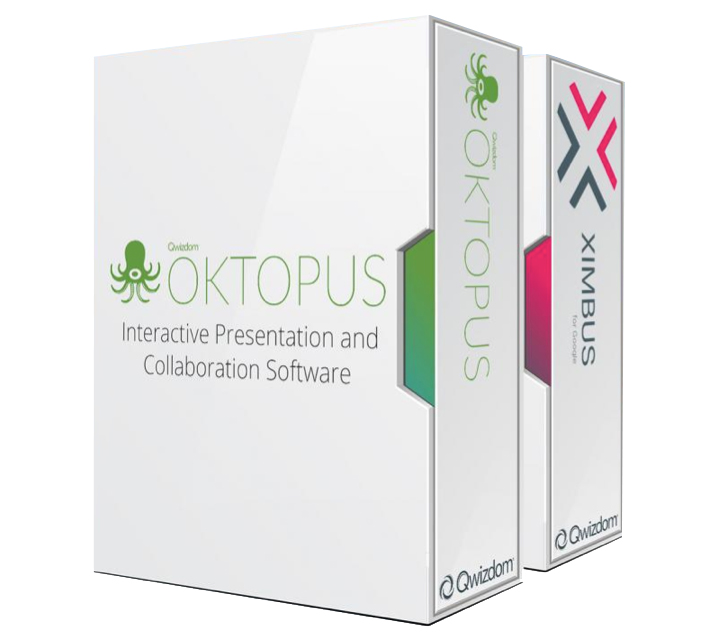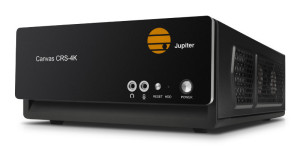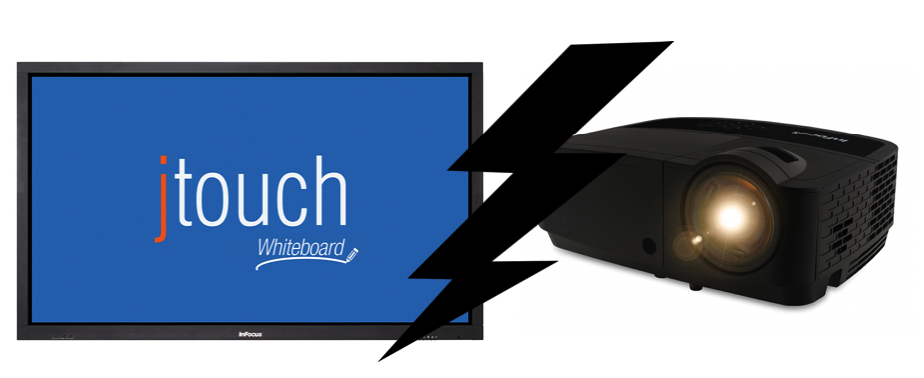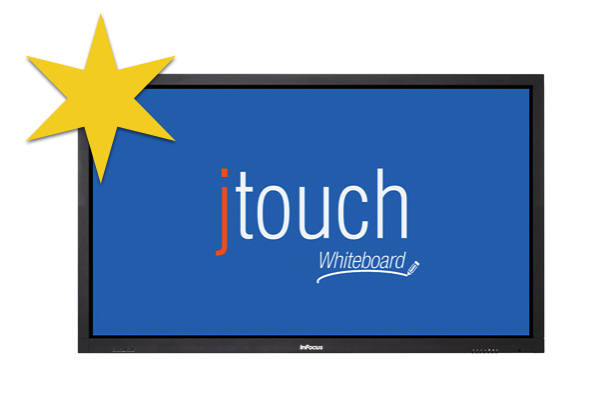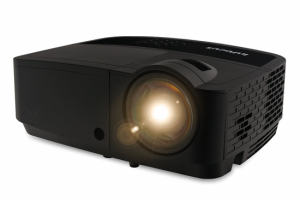In general, a syllabus refers to a set of courses that help students achieve certain academic or vocational objectives. Until now, teachers had to sacrifice hours of tedious work to create a syllabus, as well as to select and create an appropriate representation of the material. To make this work easier on teachers, a Qwizdom software package was developed for use with InFocus displays.
Interactivity in convenient, cloud-based classroom environments
The Qwizdom software package (INS-QOKTBUN) includes Oktopus software for interactive presentations and collaboration and cloud-based Ximbus software to make notes.
Traditional learning software Oktopus
Oktopus is a software for schools looking for solutions with intuitive user-interfaces. This learning aid makes presentations possible in any learning environment by accessing lessons online – on display and on any kind of terminals. The total range of learning materials for students is covered by more than 70 built-in tools for creating syllabi in subjects such as mathematics, reading and writing, geography, and science. Notes are compatible with other applications and browsers facilitate a smooth transfer of documents and plans. Working together on a document or plan becomes much easier and more effective.. This allows teachers to retrieve already existing syllabi online, use them for themselves, improve, and build upon them. Since the software is compatible with Windows, iOS, and ChromeBook, the teacher can use any kind of terminal device.
In addition to tools for maths, geography, and science, Oktopus also features the standard tools which should be contained in each teaching program:
Premium Add-on Oktopus Blend
Oktopus Blend is an expansion of the conventional Okctopus software. It extends the one-year license for teachers to up to 40 students who then gain access via LAN. With additional features such as online reports, homework tools, and live lesson participation , students can now learn at home to prepare themselves for lessons.
Working together using GoogleDrive and Ximbus Software
Ximbus Software is the ideal solution for schools which use Google for Education. The Ximbus web application is fully Cloud-based and has been specially developed for educational tasks via Google Apps. Like Oktopus Blend, there is a one-year license for teachers plus 40 students. Thanks to its integration into Google Drive , it is possible to save and share Ximbus lesson content and to embed Google Contacts. In addition to the Whiteboard function and commenting in classrooms, there is also a function to add documents, browsing, slides, and images from the teacher’s resources and create lesson concepts from Cloud files using Ximbus Timeline. In the video below, you can see an explanation of the many other features of this solution:
With Oktopus, Oktopus Blend and Ximbus you can now upgrade and renew your lessons. Collaboration of the software packages with the Qwizdom software package (INS-QOKTBUN) will help teachers and students today and tomorrow.
Sharing, means caring:




